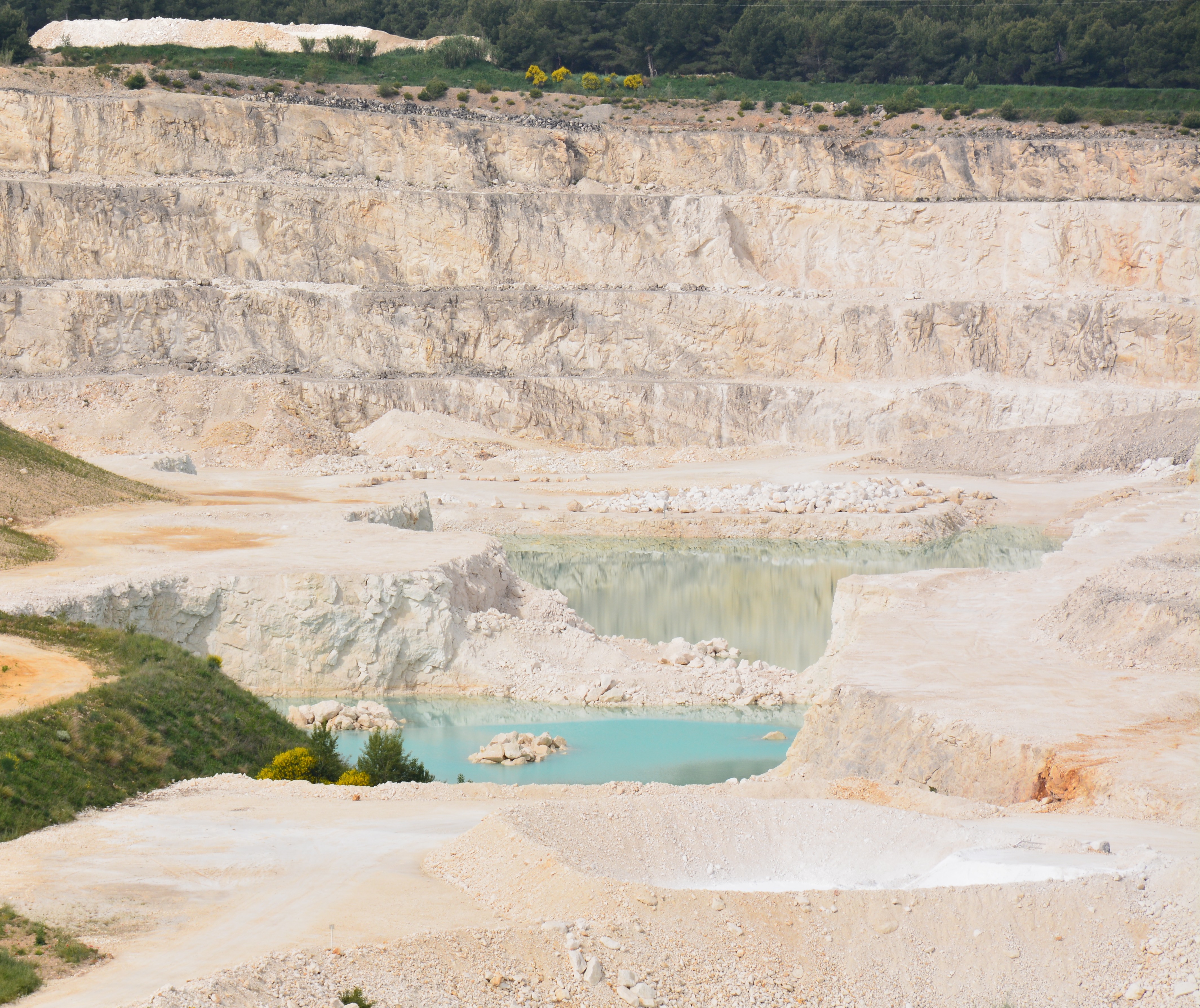
Copyrights © Orgon
France > Provence-Alpes-Côte d'Azur > Bouches-du-Rhône > 13660 > Orgon
Urgonian and Campaniform
Orgon is a showplace of Provencal paleontology and geology. The village of Orgon is part of these rare sites of share the world which conceals an internationally recognized facies. The chalky limestone layers are flush conceal specific and characteristic fossils to the origin of the definition of the urgonian floor, from the latin name of Orgon, by one of the founders of paleontology, of Alcide d'Orbigny in 1850.These lands belong to the early Cretaceous. These are carbonate marine sediments that were deposited between 120 and 110 million years. The urgonian phenomenon which is the extension of a platform carbonate across the perivocontien territory (except to the East), is the most important event in the history of the Cretaceous South-East of the France. The fossils contained in this rock are an exceptional palaeontological heritage. The corresponding levels in the «rudists limestone"contain a variety of fossils, characteristic of a marine subtropical type. The study of these fossils since the 19th century by many paleontologists and geologists have allowed to list more than 150 species in the commune of Orgon. Most of these fossils are invertebrates: protozoa, algae, sponge, scleractinia, bivalves, gastropods, Brachiopods, Echinoids, and cephalopods. Apart from a few rare fish teeth, fossilization conditions did not conservation of the bones of the vertebrae.Among the known species, some are of holotypes. This means that they have been described for the first time from samples collected at Orgon. These fossils are considered to be "standard" of the species at the international level. Some groups have disappeared altogether. This is the case of the rudists, bivalve which Requienia ammonia is due to its abundance and sometimes remarkable keeping the emblematic species of the Urgonian at Orgon. It is also the case of the nerinees and harpagodes which are snails.The habitat of the pathways to Orgon represents one of the sites campaniforme (adjective borrowed the name campane, Bell, which characterizes the form of pottery from this period) the most important and best preserved in the South of the France.The beaker is an original culture appeared at the end of the third millennium BC in Europe, ensuring the transition between the Neolithic pastoral society and the age of metal.The study of the pathways site allows to address the definition, the origin and dissemination of the beaker concept, its symbolism and its cultural significance, its adaptation to the local substrate with the use of local resources in all aspects of daily life.The model at 1/25th of the second hut of the pathways in Orgon is an oval cabin of ten metres by six metres leaned to the wall. The base of the retaining walls are large blocks of stone on which are high walls branches consolidated by a timber frame. The architecture and the roof in plants are supported by three poles aligned in the longitudinal axis of the cabin. A home in shelter is located in the centre and fragments of tiles cover the floor. Several figures nationally are put in situation for the manufacture of pottery, Flint size, hunting, the milling of cereals. Its revival is faithful. The materials used in the cabin are all-natural (limestone urgonian, plants, wood, flint and clay,...). The characters are Clay colored the size of a santon.Panels and display cases (materials, tools, dish terracotta,...) can discover the way of life of our ancestors on the territory east of the Alpilles.Visit the Urgonia Museum and explore the path of the Pierre. Free entrance.

Copyrights © Orgon
A proximité:
Datatourism data updated on: 2024-05-24 14:41:43.165